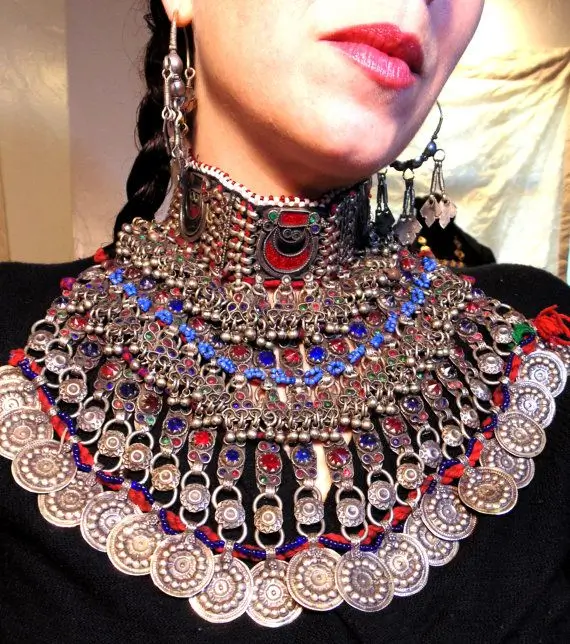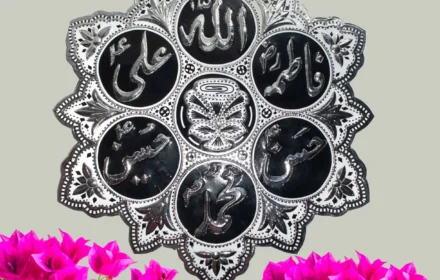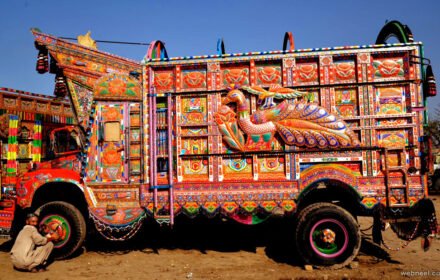Afghan jewelry is instantly recognizable for its bold, tribal forms, vibrant textures—and most notably, its generous use of coins afghan jewelry. These coins aren’t just decorative; they are woven into the identity, history, and spirit of Afghan craftsmanship.
From jingling necklaces worn by nomadic Kuchis to heirloom headpieces passed through generations, Coins Afghan Jewelry tells stories—of ancient empires, family pride, artisanal mastery, and spiritual symbolism.
Let’s explore why coins have remained a defining element in Afghan jewelry for centuries.
1. Heritage and Symbolism
🏛️ Historical Significance – Coins Afghan Jewelry
Afghanistan sits at the crossroads of ancient trade routes and civilizations. Coins from past empires—Mughal, Greek, Persian, Ottoman, and British—frequently appear in traditional jewelry, serving as living relics that link wearers to their ancestral past.
Each coin holds a historical echo, preserving symbols, rulers, and time periods that once influenced the region. This makes every piece of Afghan coin jewelry a miniature archive of cultural memory.
Wealth and Prosperity – Coins Afghan Jewelry
In Afghan tradition, coins symbolize abundance, fortune, and social stature. Their inclusion in jewelry is not just symbolic—it was once practical. Women wore coin-laden adornments as a form of portable wealth, especially in tribal or nomadic communities where banking systems were absent.
The jingling of coins was believed to attract prosperity and ward off negative energy, turning everyday jewelry into both a charm and a safeguard.
Family Heirloom – Coins Afghan Jewelry
Afghan coin jewelry is often passed down from mothers to daughters, becoming treasured family heirlooms. These pieces represent more than beauty—they carry the legacy of the women who wore them, marking milestones like weddings, dowries, and births.
Wearing inherited coin jewelry is a deeply emotional act—a silent tribute to family lineage, maternal strength, and cultural pride.
2. Artistry and Craftsmanship
Skilled Artisans – Coins Afghan Jewelry
Each piece of Afghan coin jewelry is handcrafted by artisans who follow time-honored techniques. These craftsmen and women often come from long lineages of jewelers, especially in regions like Kabul, Herat, and Kandahar, where metalwork and silversmithing thrive.
They carefully select coins for their age, symbolism, and patina, combining them with silver, brass, beads, and enamel for a layered, multidimensional aesthetic.
Intricate Designs – Coins Afghan Jewelry
Afghan coin jewelry is bold yet intricate. From statement chokers to layered necklaces and elaborate headpieces, these designs are known for their complex patterns, textured surfaces, and bright accents of red, green, and turquoise stones.
The coins themselves become central motifs, arranged in rhythmic patterns that add movement and sound to the jewelry.
Unique Aesthetic – Coins Afghan Jewelry
The combination of coins with dangling bells, glass inlays, colorful fabrics, and filigree work gives Afghan jewelry its distinctive tribal charm.
Whether it’s a coin-studded matha patti (forehead band), a choker with antique rupees, or earrings that echo with every step, Afghan jewelry stands apart for its ability to fuse function, beauty, and symbolism.
3. A Global Tradition: Coins Beyond Borders
Cross-Cultural Parallels – Coins Afghan Jewelry
While coin jewelry is a signature of Afghan style, the use of coins in adornment is a global tradition. Cultures in North Africa, Egypt, India, Central Asia, and the Mediterranean have all embraced coin elements in traditional jewelry.
According to The Metropolitan Museum of Art, the tradition dates back to ancient Greece and Rome, where coins were used as pendants and in belts, bracelets, and rings.
🏛️ Hellenistic and Byzantine Influence – Coins Afghan Jewelry
During the Hellenistic period and Byzantine era, coin jewelry gained prominence as a form of displaying wealth, allegiance, and spiritual connection. Afghan artisans likely absorbed these influences through trade and conquest, creating a style that feels both uniquely Afghan and globally resonant.
In Conclusion: Coins That Speak Across Time
Afghan coin jewelry is more than an accessory—it is a story etched in silver, a statement of identity, and a celebration of resilience.
Its enduring appeal lies in its ability to bridge the ancient with the modern, the functional with the beautiful, and the personal with the historical. Every coin, every jingle, and every handmade detail speaks to a culture that values memory, meaning, and self-expression.
Whether worn as a symbol of heritage or a fashion statement, Afghan coin jewelry continues to enchant the world—one clinking charm at a time.
FAQs: Coins Afghan Jewelry: The Cultural & Artistic Obsession – More Than Adornment
Q1: What makes Afghan jewelry instantly recognizable and unique? A1: Afghan jewelry is instantly recognizable for its bold, tribal forms, vibrant textures, and most notably, its generous use of coins. These coins are not just decorative; they are deeply woven into the identity, history, and spirit of Afghan craftsmanship.
Q2: What do the coins in Afghan jewelry symbolize or represent? A2: Coins in Afghan jewelry tell stories of ancient empires, family pride, artisanal mastery, and spiritual symbolism. They symbolize abundance, fortune, and social stature, and their jingling was believed to attract prosperity and ward off negative energy.
Q3: What historical significance do the Coins Afghan jewelry hold? A3: Afghanistan’s location at the crossroads of ancient trade routes means coins from past empires—such as Mughal, Greek, Persian, Ottoman, and British—frequently appear. They serve as living relics, linking wearers to their ancestral past and preserving symbols, rulers, and time periods that influenced the region.
Q4: Was there a practical reason for wearing coin-laden jewelry in Afghan tradition? A4: Yes, beyond symbolism, wearing coin-laden adornments was once a practical form of portable wealth, especially in tribal or nomadic communities where traditional banking systems were absent.
Q5: How does Afghan coins afghan jewelry function as a family heirloom? A5: Afghan coin jewelry is often passed down from mothers to daughters, becoming treasured family heirlooms. These pieces carry the legacy of the women who wore them, marking significant milestones like weddings, dowries, and births, serving as a tribute to family lineage and cultural pride.
Q6: Who creates n coins afghan Jewelry and what are their techniques? A6: Each piece is handcrafted by skilled artisans who follow time-honored techniques, often coming from long lineages of jewelers in regions like Kabul, Herat, and Kandahar. They carefully select coins for their age, symbolism, and patina, combining them with materials like silver, brass, beads, and enamel.
Q7: Describe the typical artistry and designs found in Coins Afghan Jewelry. A7: Afghan coin jewelry is known for being bold yet intricate. Designs feature complex patterns, textured surfaces, and bright accents of red, green, and turquoise stones. The coins become central motifs, arranged in rhythmic patterns that add movement and sound to the jewelry.
Q8: What unique aesthetic elements contribute to Afghan jewelry’s distinctive charm? A8: The combination of coins with dangling bells, glass inlays, colorful fabrics, and intricate filigree work gives Afghan jewelry its distinctive tribal charm. It stands apart for its ability to fuse function, beauty, and symbolism.
Q9: Is the use of coins in traditional jewelry unique to Afghanistan? A9: No, while a signature of Afghan style, the use of coins in adornment is a global tradition. Cultures in North Africa, Egypt, India, Central Asia, and the Mediterranean have also embraced coin elements in their traditional jewelry.
Q10: What ancient influences contributed to the tradition of coin jewelry? A10: According to The Metropolitan Museum of Art, the tradition of using coins in adornment dates back to ancient Greece and Rome. During the Hellenistic period and Byzantine era, coin jewelry gained prominence for displaying wealth, allegiance, and spiritual connection, influences likely absorbed by Afghan artisans through trade and conquest.








